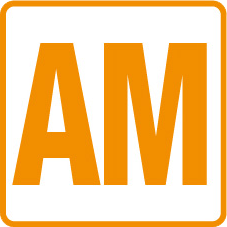World Endurance Championship, a guide to the classes
- adam0465
- Apr 8, 2016
- 3 min read
With the opening round of the 2016 FIA World Endurance Championship just around the corner, here is our quick guide to the Championship and its classes.
If you have never seen a WEC race before the most important thing to know is that there are four classes of cars racing on the same track at the same time.
Also, a common factor throughout the four classes is that one team of drivers compete in the same car; two or three drivers take turns in the car completing “stints” of driving which are regulated by the organisers and the drivers grading.

The cars you will recognise as being closest to road going cars are in the Le Mans Grand Touring Endurance (LMGTE). Here you will find Aston Martins, Porsche 911s, Ferraris and Corvettes. This group of cars is split into two classes which are defined by the drivers; Professional (PRO) and Amateur (AM) but in essence the cars are the same, it’s the drivers in this class that make the difference to the cars performance. Fuel capacity is limited to 90 litres and engine size is up to 5500cc for normally aspirated engines and 4000cc for turbo or super charged engines.

Moving onto the two prototype classes - Le Mans Prototype two is a racing car with no production minimum required. It is an open or closed car, destined only to teams independent of manufacturers and/or engine suppliers. The selling price of the complete new open cockpit car, without the engine must not exceed €388,500 and for closed cars must not exceed €463,500. The look of the car is a purpose built racing car, either enclosed or open cockpit, a fuel capacity of 75 liters with engine size limited to 5000cc and with 8 cylinders for normally aspirated engines and a maximum of 6 cylinders with 3200cc for turbo or supercharged engines.

The main factor governing this class is the capped cost of the cars - this class makes for an affordable route into endurance racing, a testament to this is the 23 car field entered for the Le Mans 24hr race, over a third of all entries!
Now to the Le Mans Prototype one class. Seen by many as the pinnacle of motorsport and using the cutting edge of racing technology, these cars use a hybrid system combined with either petrol or diesel engines with a free capacity engine size when an Energy Recovery System (ERS) is used. The way that the organisers regulate the cars is using a maximum energy per lap system which works in conjunction with both ERS and engine to create a K factor. Using this K factor, the engine of the car can be restricted in real time, on the track to ensure one team is not using more energy than another.

The Hybrid LMP1 class is exclusively entered by factory teams. There is a non hybrid class within LMP1 that allows privateers to enter - to balance this the fuel capacity of the car is increased.
To identify the classes from trackside different colour number panels are used in the classes. Red for LMP1, blue for P2, orange for GTE AM and green for GTE PRO.
We hope that you have found this brief guide helpful. During the course of the season we will be taking a closer look into each class.
To keep up to date with the latest news from the FIA WEC keep an eye on our website and give us a follow on Twitter @FromTheTribune. We are sure this is going to be an exciting year, roll on Silverstone!
Image credit - FIA WEC










Comments